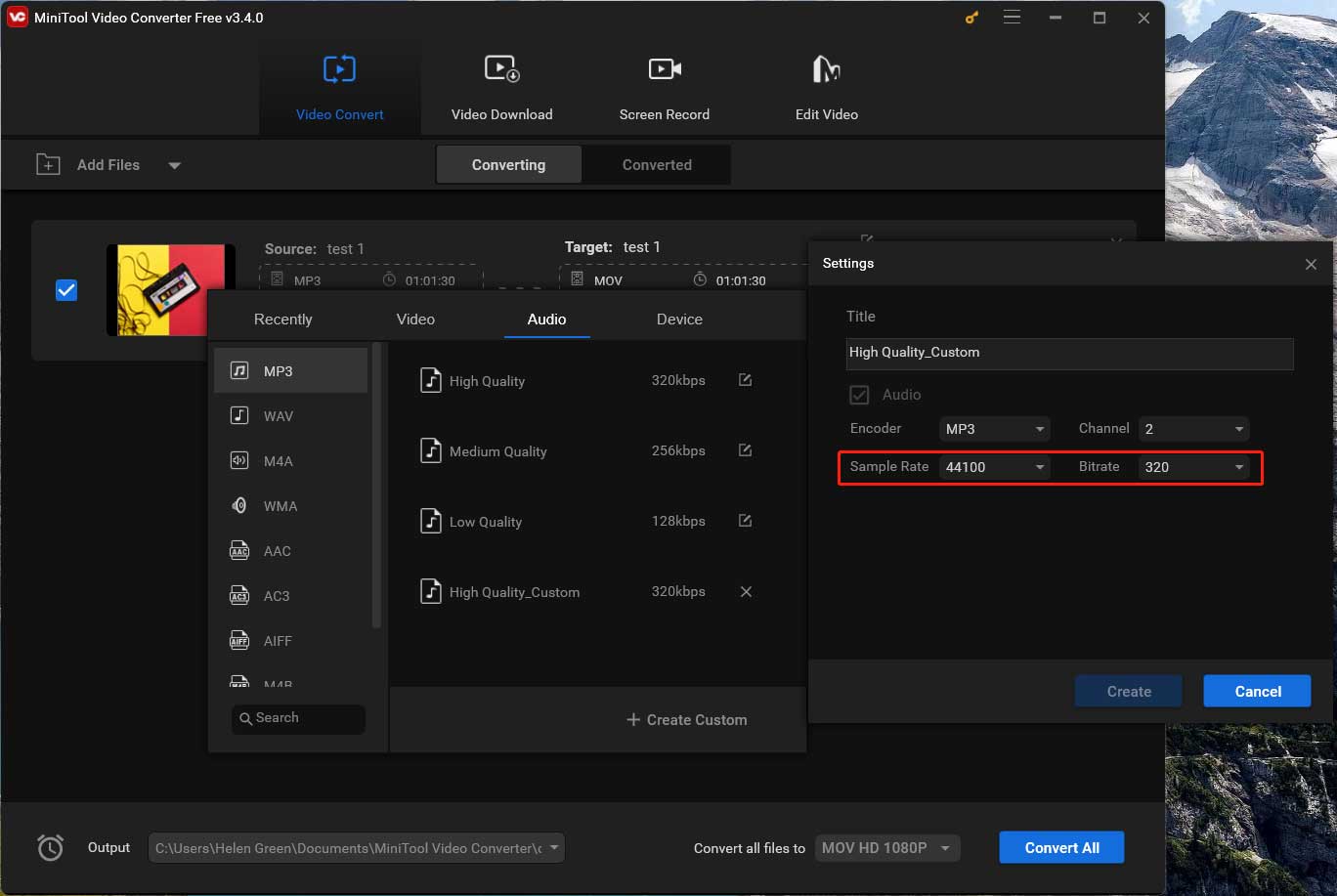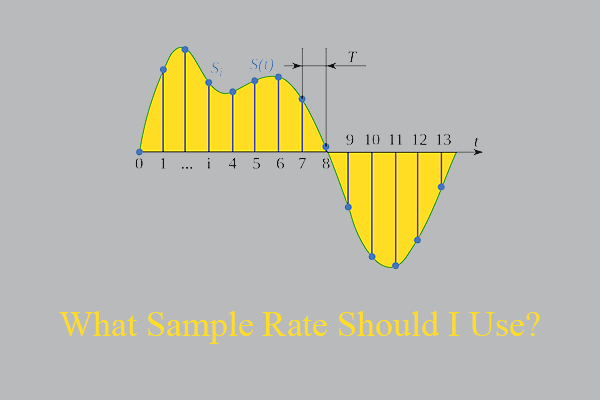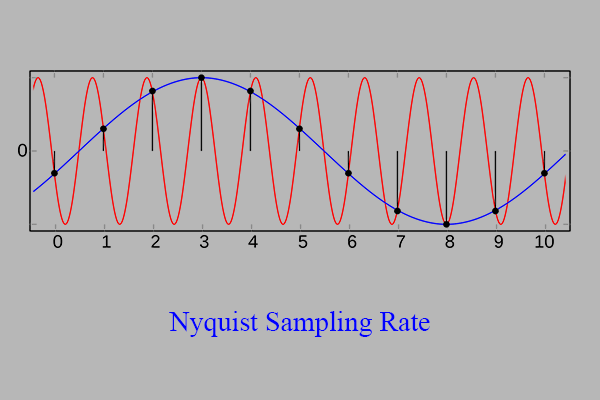What Is Bitrate?
Definition
Bitrate refers to the amount of data transmitted or processed per unit of time, usually measured in kilobits per second (kbps) or megabits per second (Mbps). In audio, bitrate represents the amount of data used to encode a particular audio file, influencing the quality and file size.
Significance
Higher bitrates generally result in better audio quality because more data is allocated to represent the audio signal accurately. However, higher bitrates also lead to larger file sizes, affecting storage requirements and streaming efficiency.
In the realm of digital audio, understanding the core components—bitrate, sample rate, and bit depth—is pivotal to comprehending the nuances of audio quality, file sizes, and the fidelity of sound reproduction. Each element plays a distinct role in shaping the digital audio experience, influencing how we perceive and interact with sound.
What Is Sample Rate?
Definition
Sample rate defines the number of samples of audio carried per second and is measured in hertz (Hz) or kilohertz (kHz). It determines the frequency at which the audio signal is captured or played back.
Significance
A higher sample rate allows for capturing more detail and higher frequencies within the audio signal. The standard sample rate for audio CDs is 44.1 kHz, but professional recordings might use rates like 48 kHz, 96 kHz, or higher for enhanced fidelity. However, higher sample rates can result in larger file sizes.
What Is Bit Depth?
Definition
Bit depth signifies the resolution or dynamic range of an audio signal and refers to the number of bits used to represent each sample. Common bit depths in digital audio include 16-bit and 24-bit.
Significance
A higher bit depth allows for a more detailed representation of audio, capturing a wider range of volume levels and nuances. For instance, 16-bit depth provides a dynamic range of 96 dB, while 24-bit depth offers a broader range of 144 dB. Higher bit depths result in better audio fidelity but can also lead to larger file sizes.
Bitrate vs Sample Rate vs Bit Depth
Bitrate vs. Sample Rate
Bitrate focuses on the amount of data transmitted per second in an audio file, while sample rate determines the number of samples captured per second.
Bitrate vs. Bit Depth
Bitrate influences file size and audio quality by allocating more data, while bit depth affects the dynamic range and resolution of the audio signal.
Sample Rate vs. Bit Depth
Sample rate determines the frequency range captured in the audio signal, while bit depth determines the precision and resolution of each sample.
How to Change the Bitrate and Sample Rate of an Audio?
If you are not satisfied with the current bitrates or sample rates of your favorite songs, you can change them by taking advantage of a powerful and reliable audio converter like MiniTool Video Converter, which enables you to convert audio bitrate, audio sample rate, audio channel, as well as audio encoder.
MiniTool Video ConverterClick to Download100%Clean & Safe

Conclusion
In summary, bitrate, sample rate, and bit depth are crucial parameters in digital audio, each contributing to the overall quality, fidelity, and file size of audio recordings. Balancing those elements is essential for optimizing audio quality while considering storage space, bandwidth requirements, and the intended use of the audio content. Understanding the interplay between bitrate, sample rate, and bit depth empowers users and creators to make informed decisions when working with digital audio, ensuring an optimal balance between audio quality and practical considerations.
Also Read




User Comments :